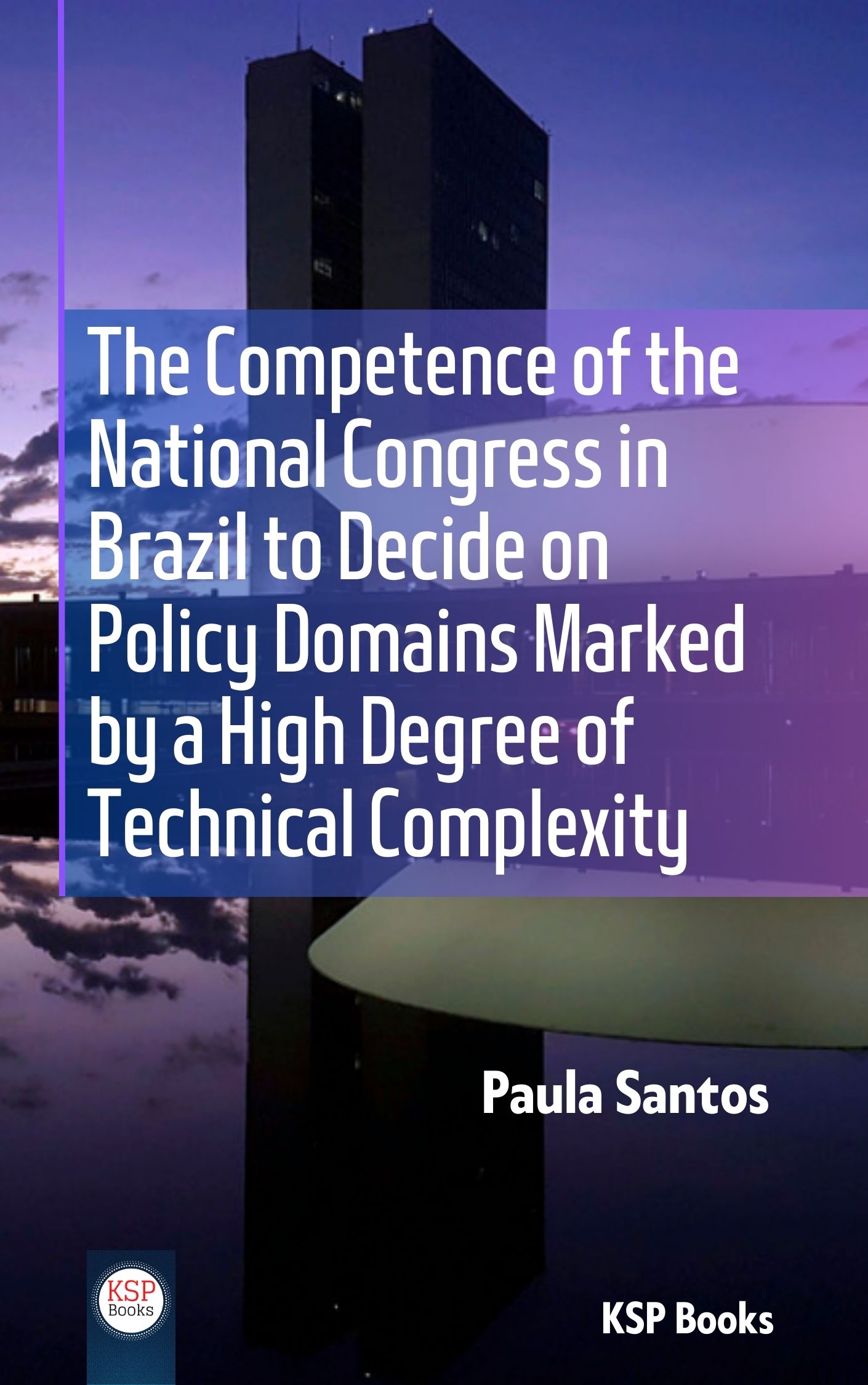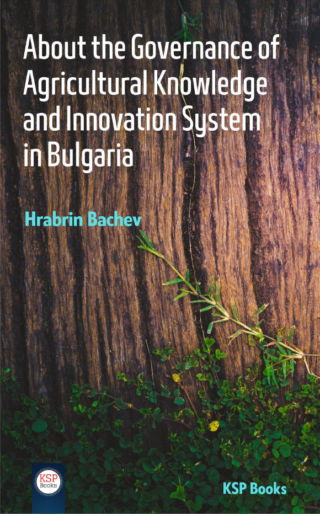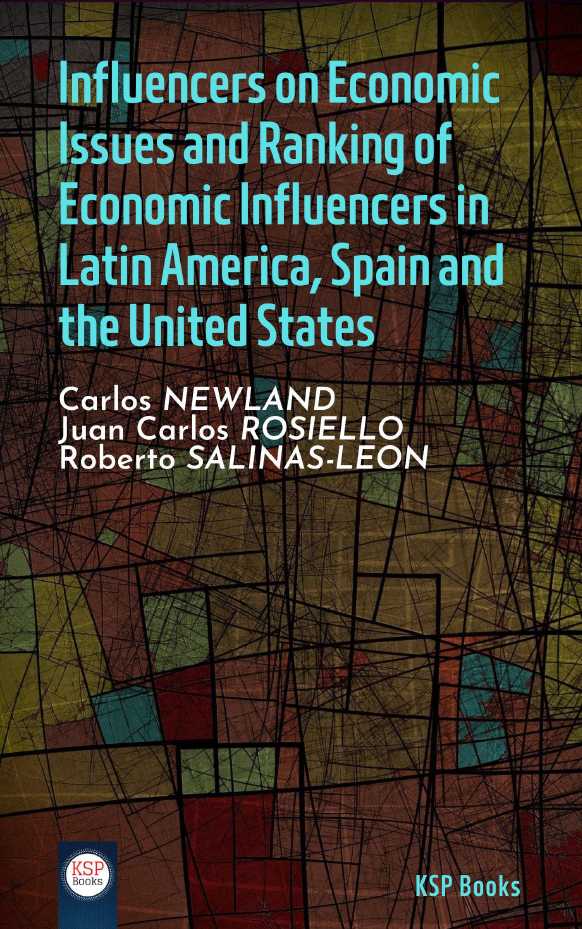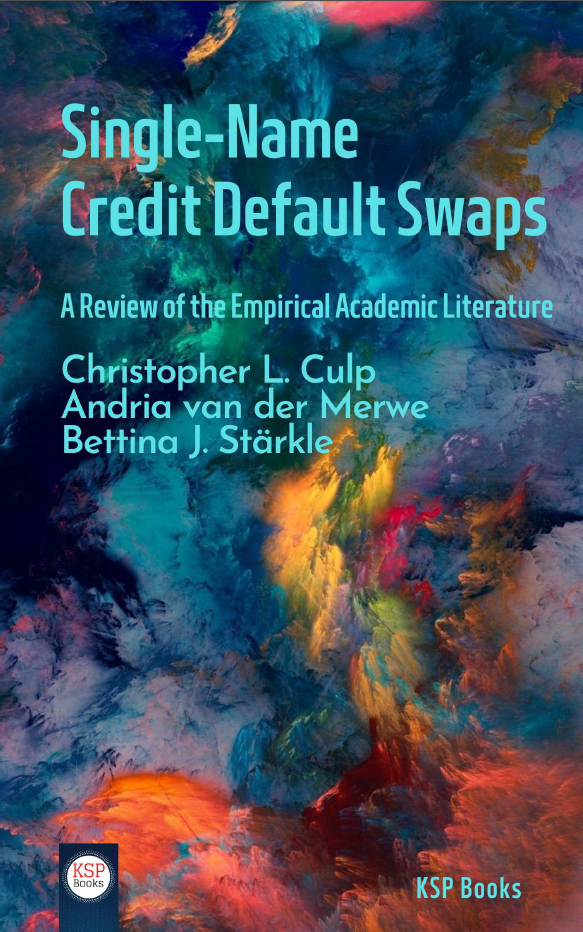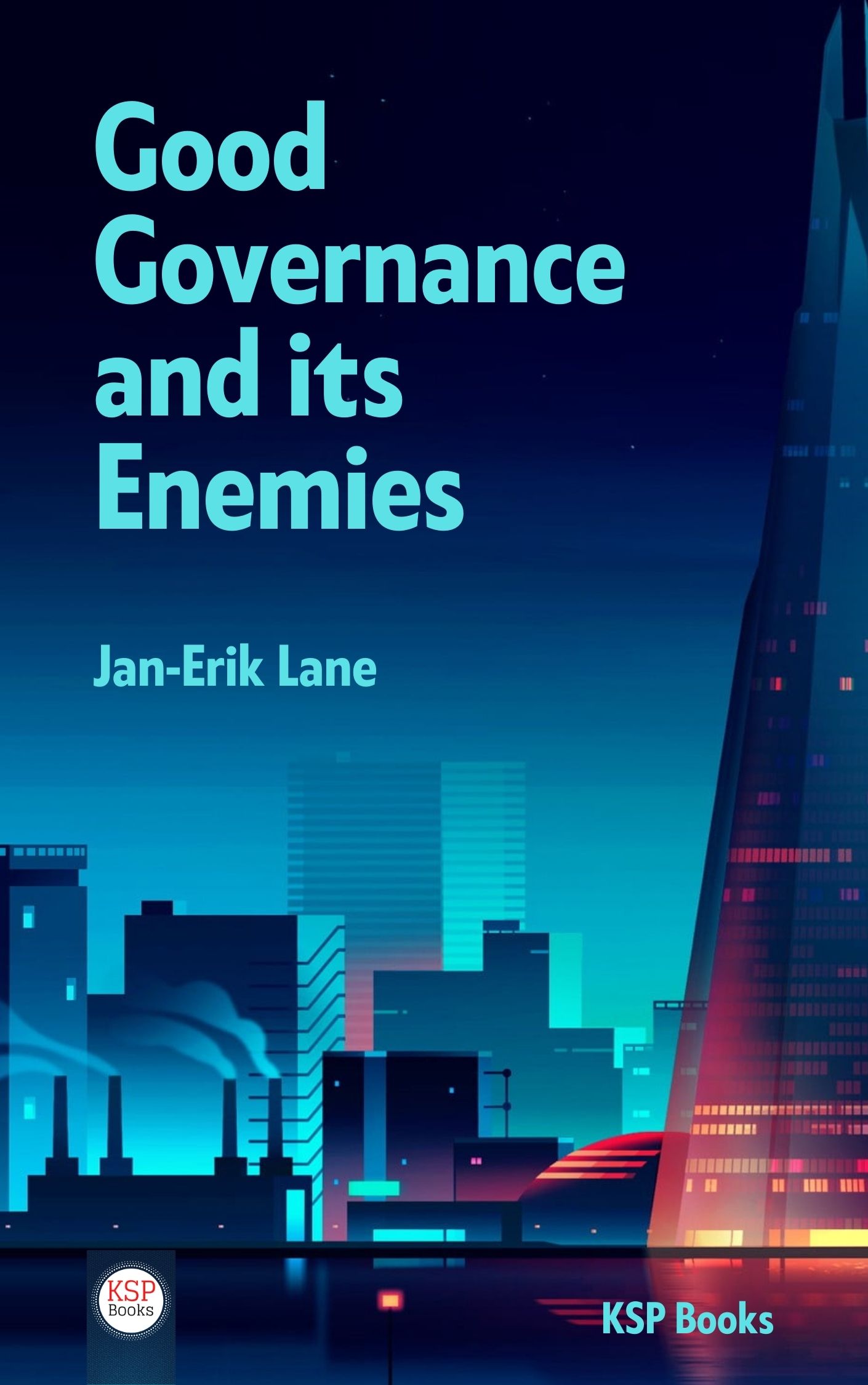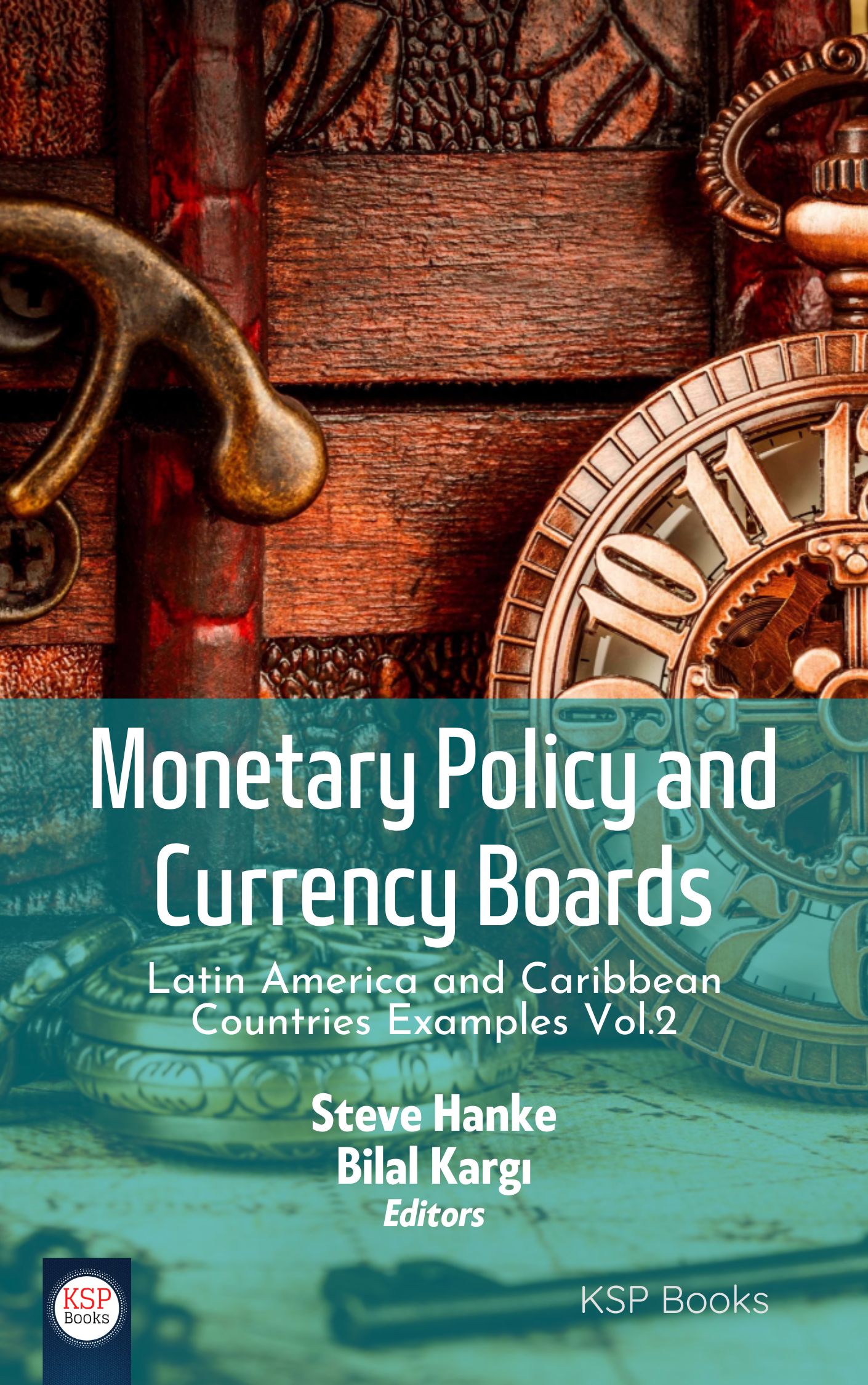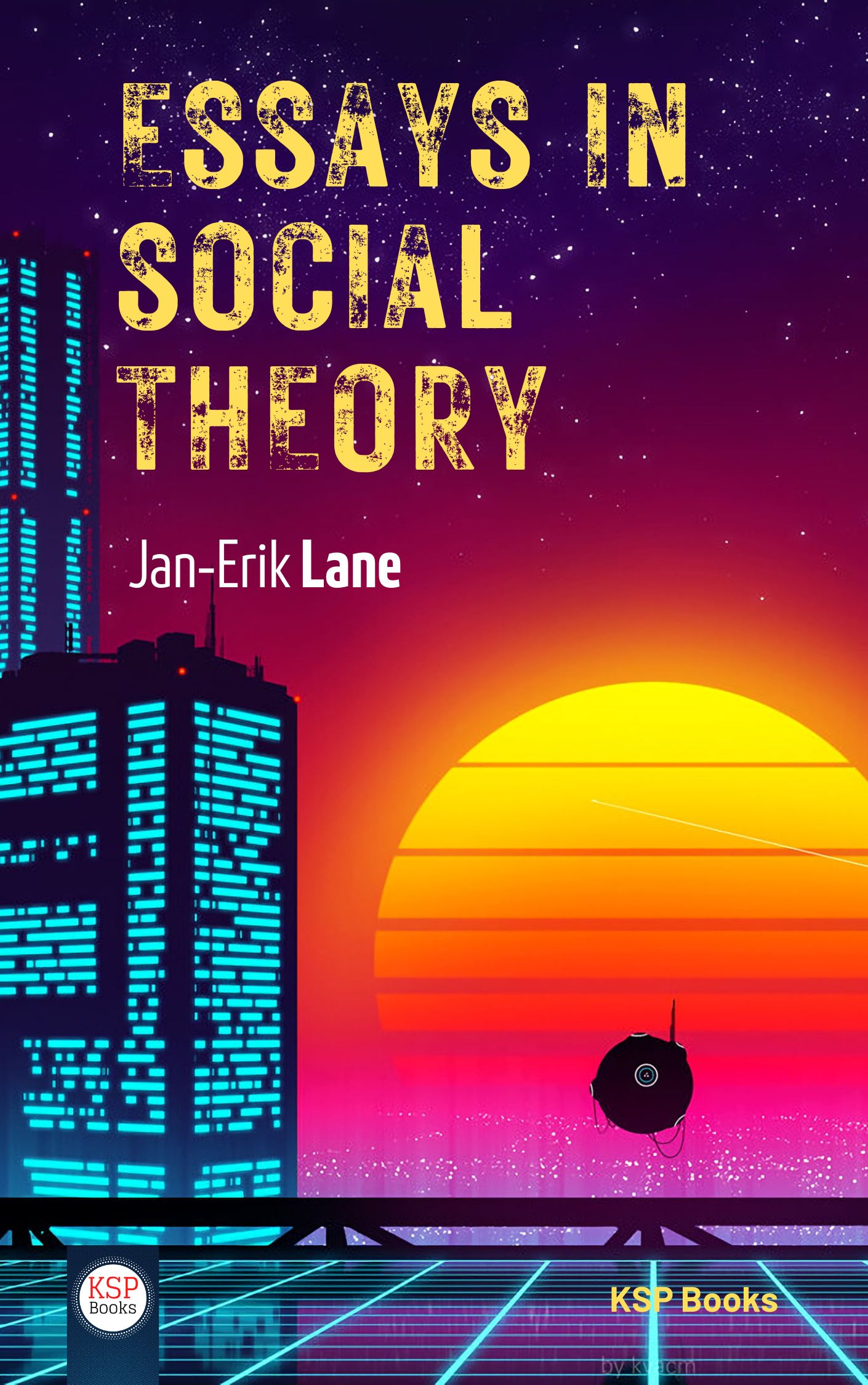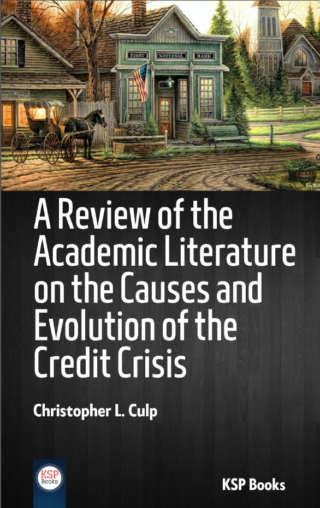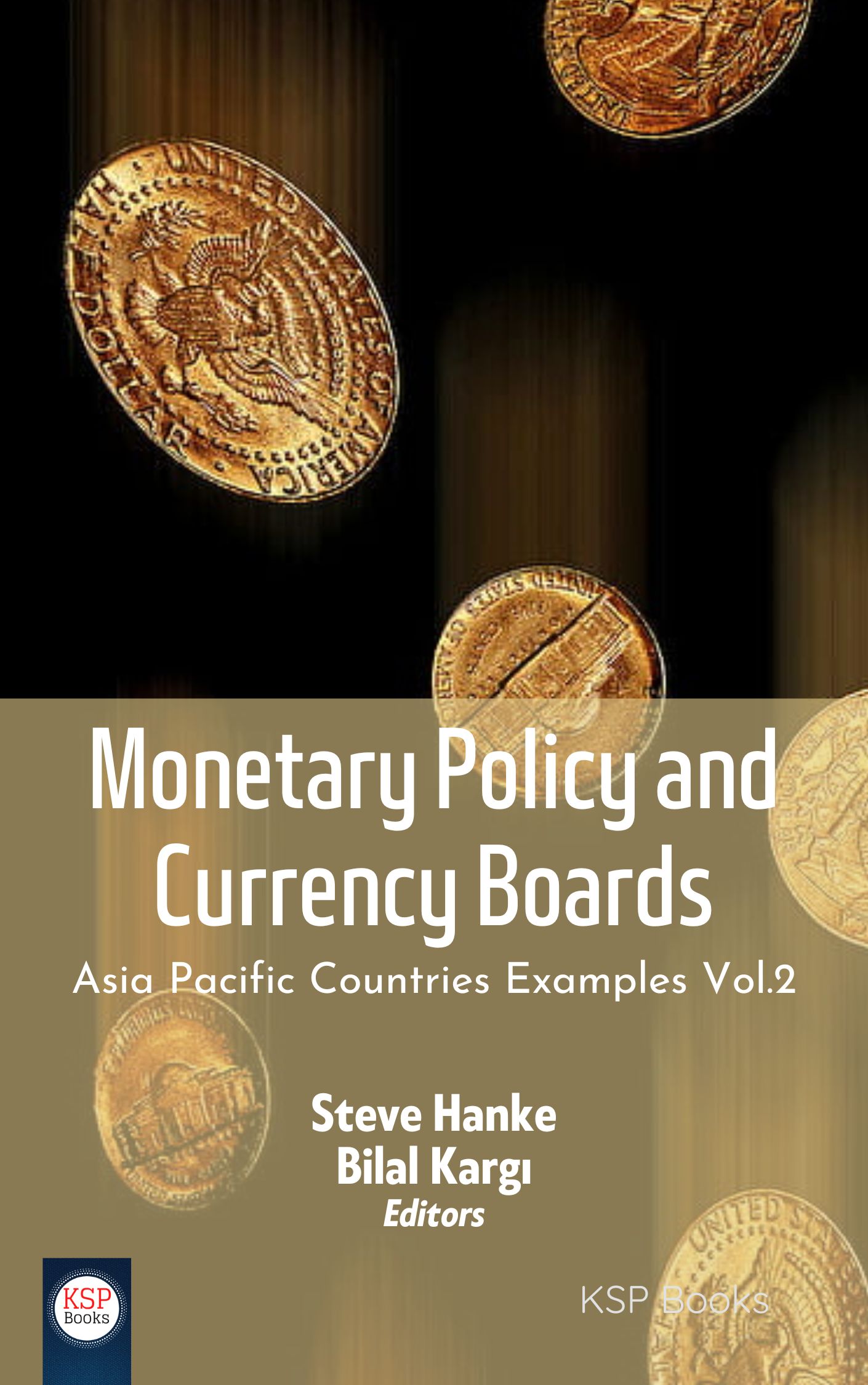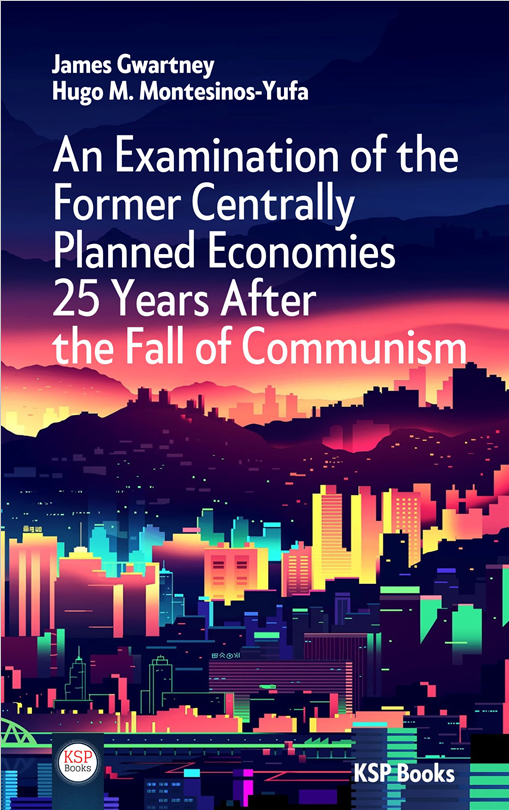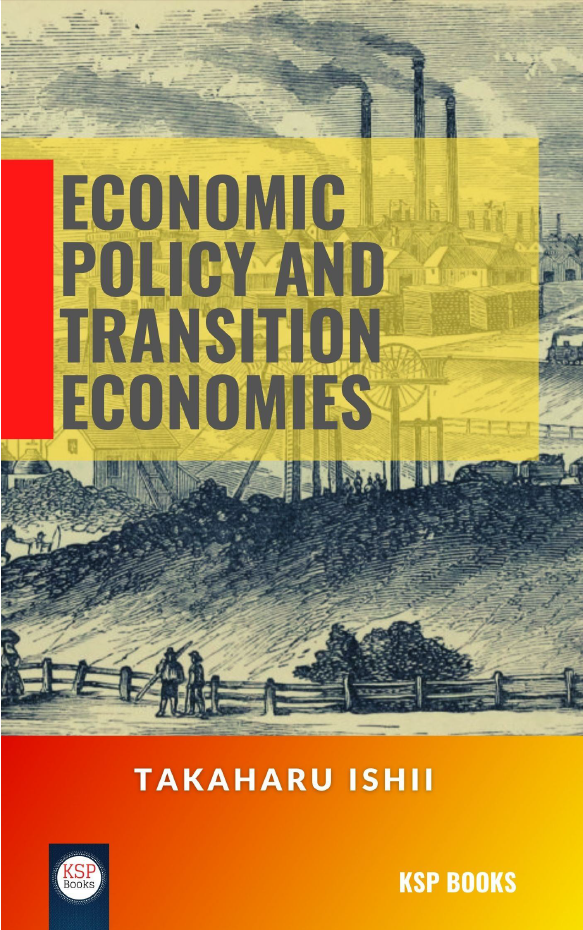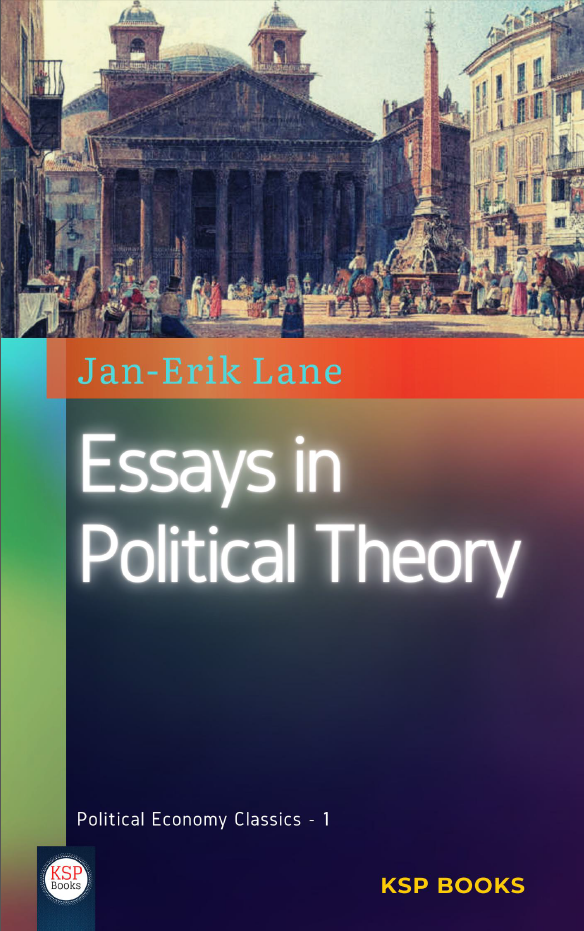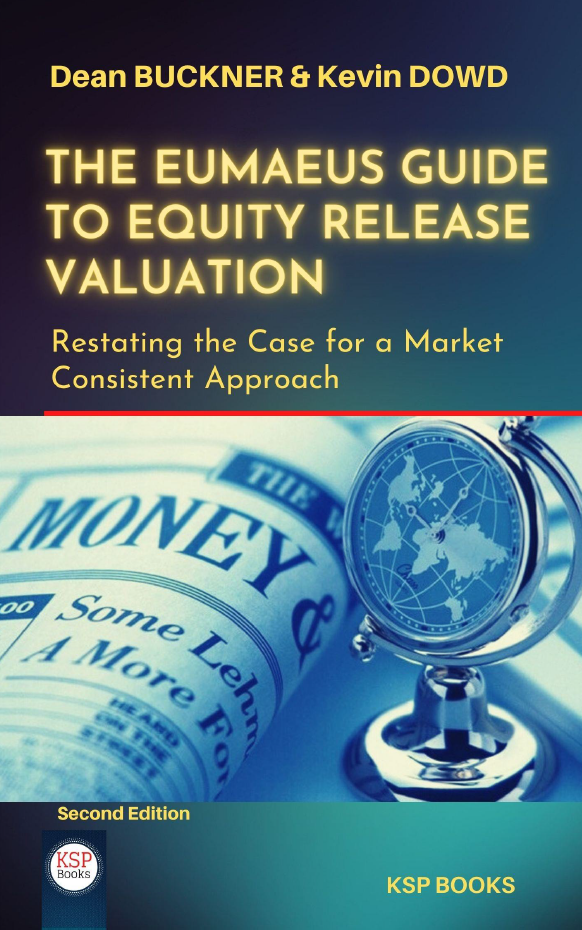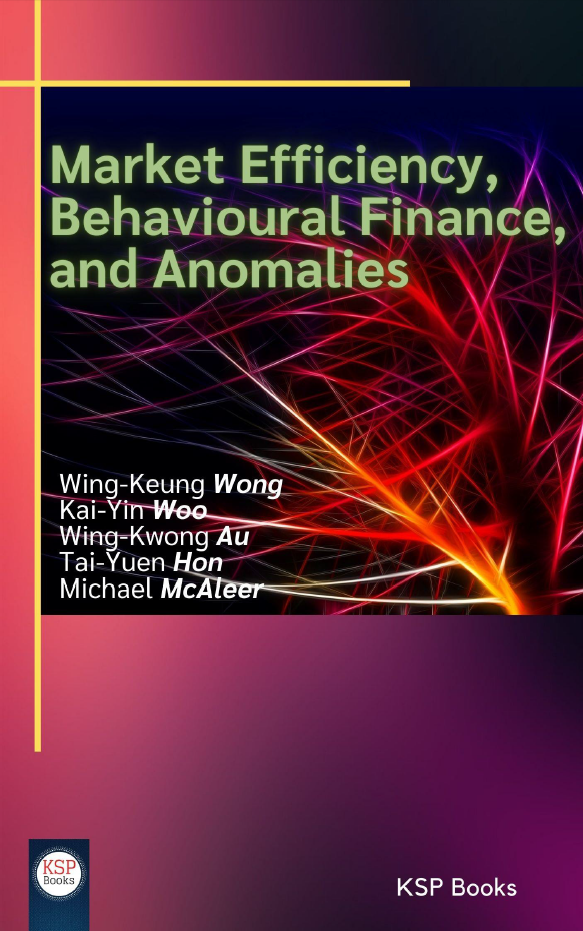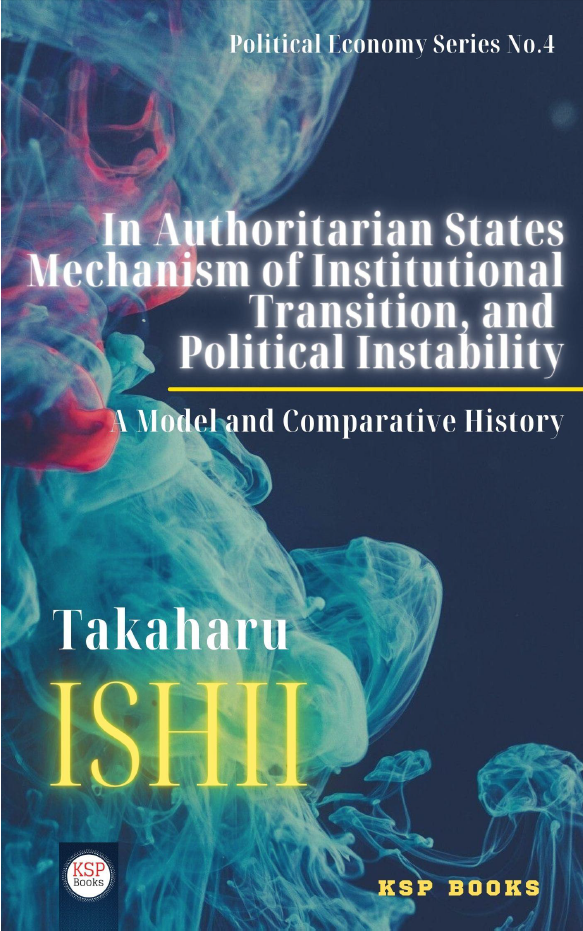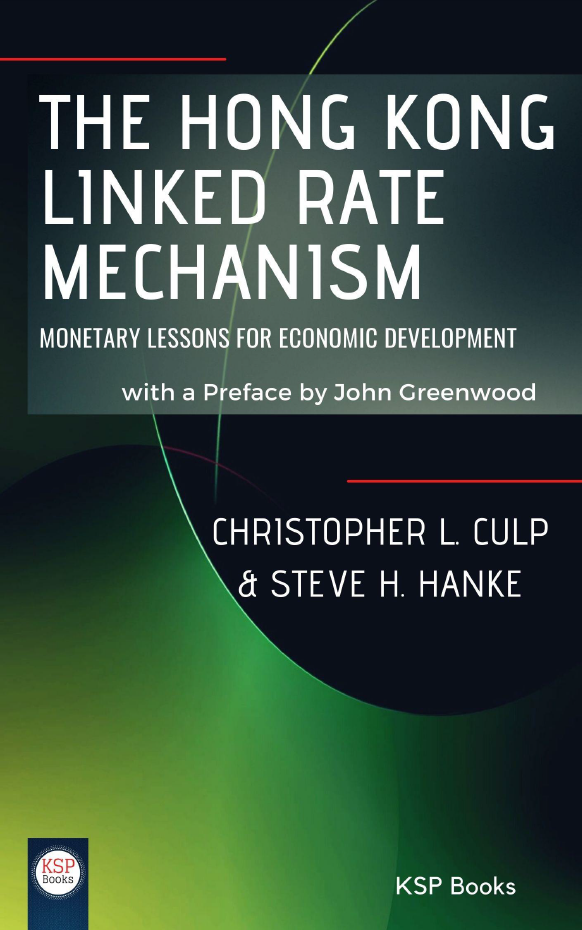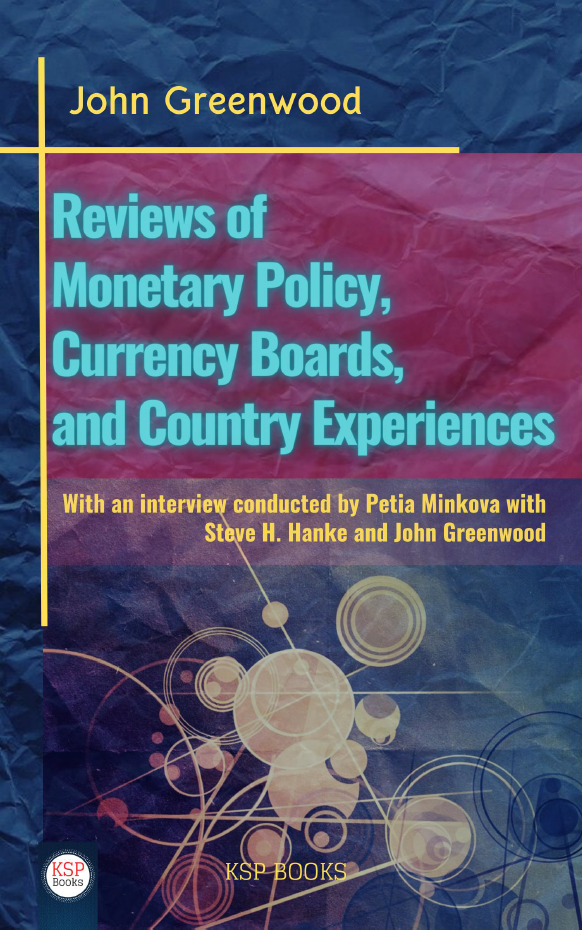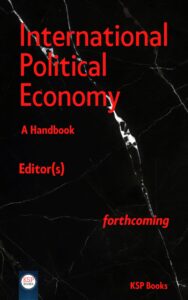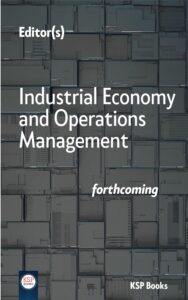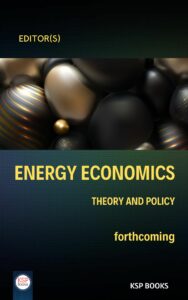By
Vaqar Zafar Ahmed
Sustainable Development Policy Institute, Pakistan
Dawood Mamoon
World Economic Survey, Pakistan
e-ISBN: 978-605-2132-85-2
Publishing Date: December 15, 2018
File Size: 1,299 MB
Length: ix + 52 pages (PDF)
Language: English
Dimensions: 13,5 x 21,5 cm
 This Book is completely open access. You can freely read, download and share with everyone.
This Book is completely open access. You can freely read, download and share with everyone. 
Over the past decade Pakistan remained involved in two major trade agreements with in the South Asia (Pakistan & Sri-Lanka FTA and SAFTA). It is meaningful from an operational and policy perspective to evaluate Pakistan’s trade performance in South Asia against its objectives of greater trade integration and suggest policy interventions to improve its effectiveness. In order to achieve this objective, current study evaluates the Pakistan’s overall and chapter-wise trade performance with SAARC major SAARC economies for the last seven years (2003-09). This study has been disaggregated into two parts: In the first part of the study, an assessment of trade performance of SAARC members is carried out with respect to the rest of the world. Pakistan’s trade performance vis-à-vis other SAARC members is the focus of this part. In the second part Pakistan’s trade performance in South Asia has been analyzed and policy interventions have been suggested to improve its effectiveness. Certain trade indicators like Trade Complementarity Index (TCI), Trade Specialization Index (TSI), Grubel Lloyd Index (GLI), Revealed Comparative Analysis (RCA), Bilateral Revealed Comparative Analysis BRCAs and Revealed Market Access (RMA) have been employed to achieve the above objectives.
Intoduction
Regional trade agreements with specific reference to South Asia
Salient features of PK-SL FTA
Tariff reduction programme
Rules of origin
- Pre and Post FTA Trade between Pakistan and Sri Lanka
- Process Analysis: Pakistan-Sri Lanka FTA
Phase 1: Feasibility
Assessing the overall economic situation of Sri Lanka
Domestic policy
Sectoral analysis
FDI and investment policy
Trade and tariff profile of Sri-Lanka
Trade barriers
Identifying other key trading partners
Structure of tariffs
International trade law compliance
Assess the trade data for Sri Lanka
Trade volumes and trade structure
Main exports and imports
Pakistan’s exports and imports
Trade balance
Liaison with industry representative
Structure of inputs used in exporting products
Tariff rates on these inputs
Imported inputs for export versus domestic consumption
Review previous cooperation efforts between Pakistan and Sri Lanka
Benefits derived from other agreements signed previously
Benefits that can be added in the further negotiations
Bilateral issues between the FTA partners
Current issues that have been discussed between the Pak-Sri Lanka
Barriers faced by Pakistani exporters
Phase 2: Internal analysis and industry outreach in Pakistan
Assessment of export priorities
Export competitiveness by using RCA’s
Assessment of import sensitivity
Structure of products with high applied tariffs
Assessment whether any items are sensitive
Identifying industry interest and concerns regarding the FTA
Compliance costs
Revenue impact: Loss of revenue due to preferential tariffs
Phase 3: Negotiations
Know your partner constraints
Develop scenarios
Management of negotiations
Phase 4: Post negotiation / implementation
Formulating a viable and effective communication strategy
Trade facilitating measures to implement the FTA
Phase 5: Periodic economic and social cost benefit evaluation of FTA
Trade analysis impact (Trade creation and diversion)
- Methodology and data
Competitiveness analysis
G-L index
Trade specialization index
Revealed comparative advantage (RCA)
Survey results
Trade organizations
Comparative static analysis
Results from global CGE model
Trade creation under PSFTA
- Conclusion
- Making PK-SRI FTA Work: The Way Forward
Communication strategy
Simplification of trade documents procedure
Dispute settlement process
Potential traditional and non traditional sectors
Trade facilitating measures
Rigorous Pre and Post FTA negotiations process
Appendix
References
Vaqar Zafar Ahmed
Sustainable Development Policy Institute, Pakistan
Dawood Mamoon
World Economic Survey, Pakistan
Related EconPedia Items




